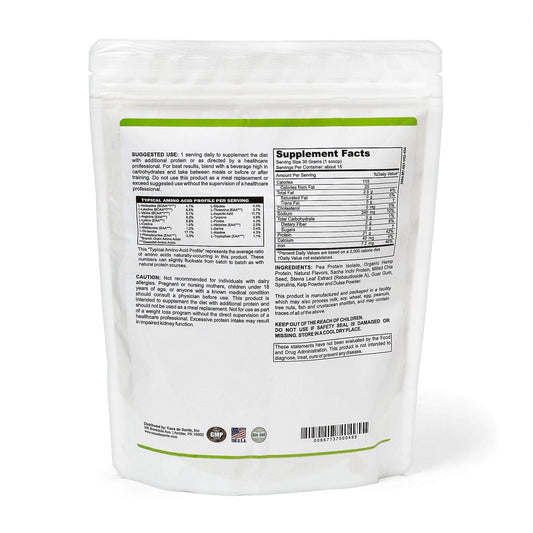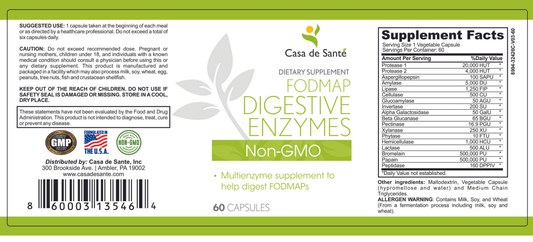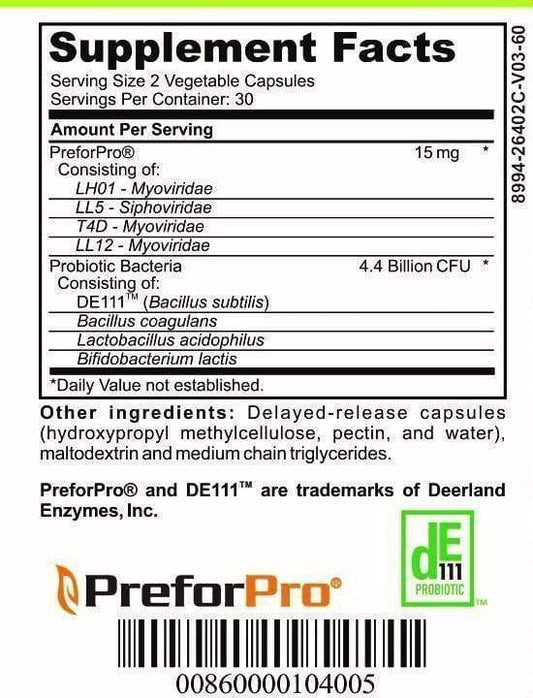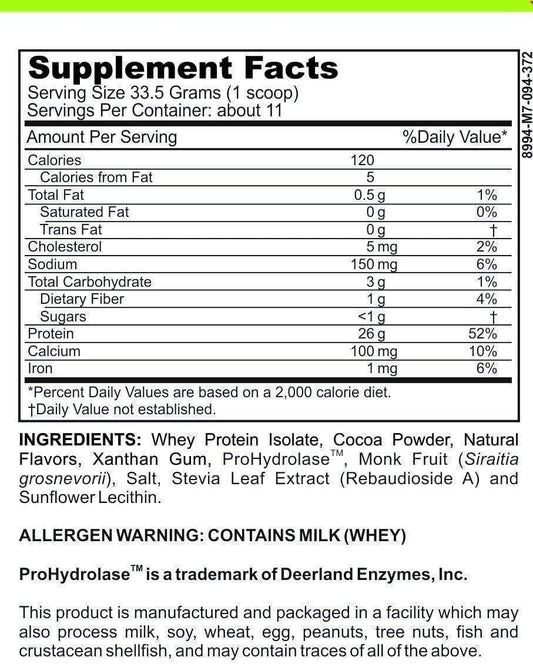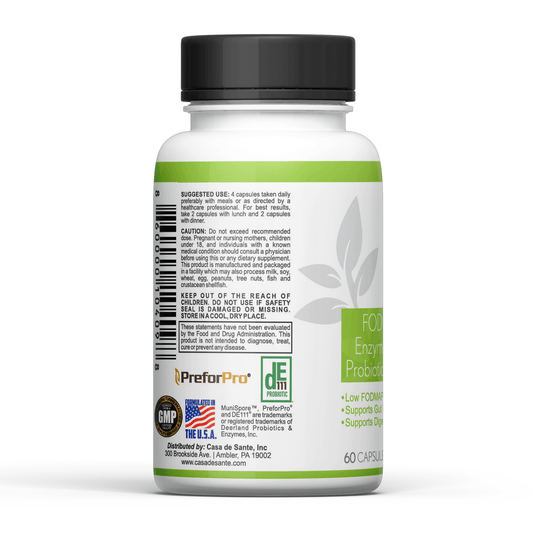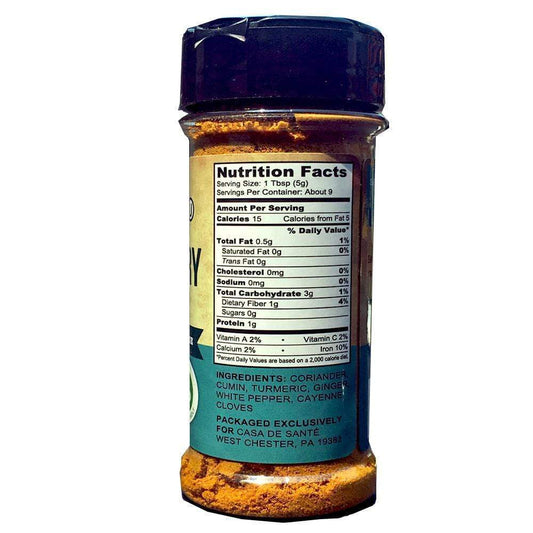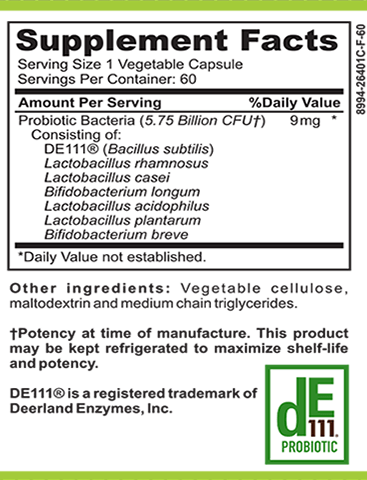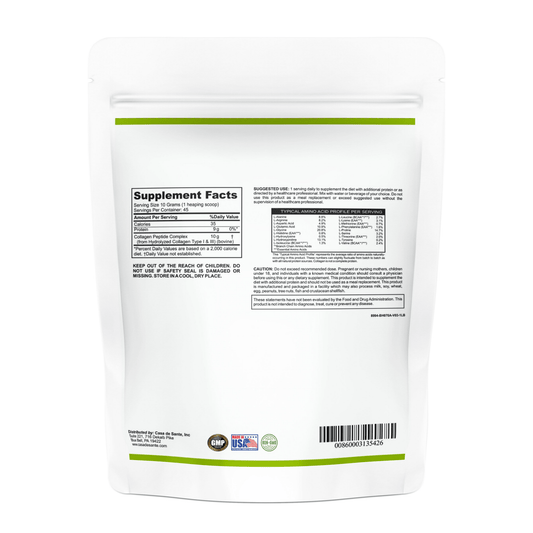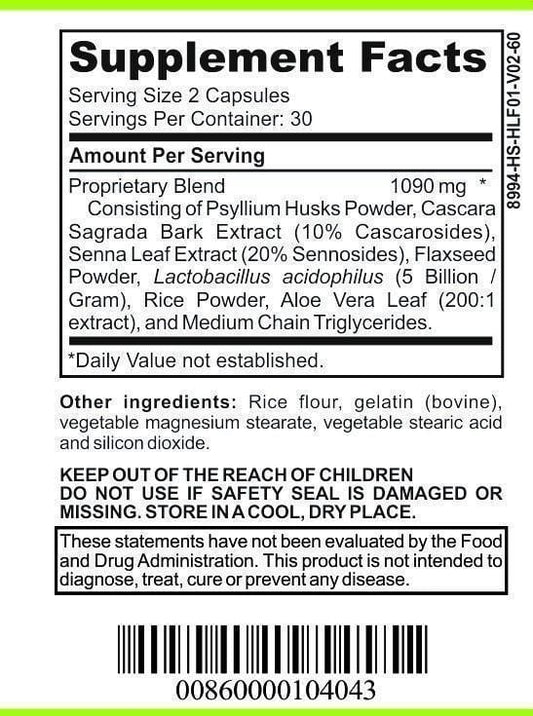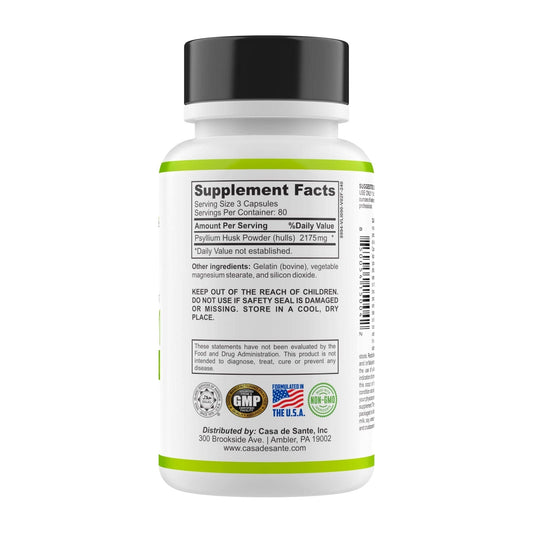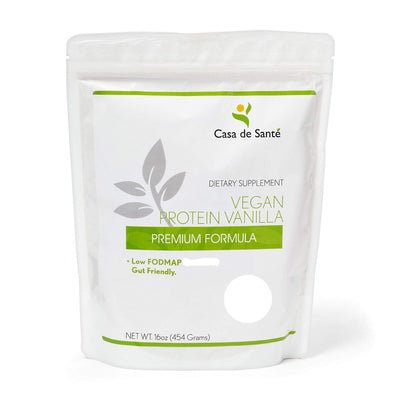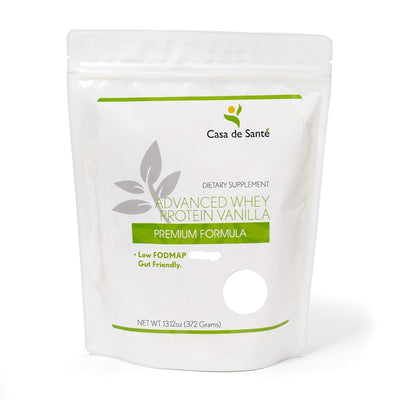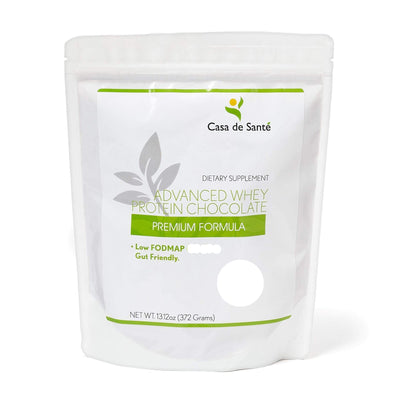Oligosaccharides Are Made Up of Simple Sugar Molecules: A Comprehensive Guide
Oligosaccharides Are Made Up of Simple Sugar Molecules: A Comprehensive Guide
In the vast landscape of carbohydrate chemistry, oligosaccharides occupy a fascinating middle ground. Neither as simple as their monosaccharide building blocks nor as complex as sprawling polysaccharides, these compounds play crucial roles in countless biological processes. From providing energy to facilitating cell-to-cell communication, oligosaccharides are fundamental to life as we know it. This comprehensive guide delves into the structure, classification, and functions of these remarkable molecules, exploring how simple sugar units combine to create compounds with diverse and essential biological activities.
Understanding the Basics: What Are Oligosaccharides?
Oligosaccharides are carbohydrates composed of a small number of monosaccharide (simple sugar) units joined together by glycosidic bonds. The term "oligo" comes from the Greek word meaning "few," distinguishing these molecules from polysaccharides, which contain many sugar units. Generally, compounds containing between 2 and 10 monosaccharide units fall into the oligosaccharide category, though some definitions extend this range up to 20 units.
These compounds exist throughout nature and can be found in plants, animals, and microorganisms. They appear in foods like fruits, vegetables, legumes, and dairy products, and they're increasingly recognized for their health benefits, particularly in promoting gut health as prebiotics.
The Building Blocks: Monosaccharides
To understand oligosaccharides, we must first examine their fundamental units: monosaccharides. These simple sugars cannot be broken down into simpler carbohydrates through hydrolysis. Common monosaccharides include glucose, fructose, galactose, and mannose. Each has the same chemical formula (C₆H₁₂O₆) but differs in how the atoms are arranged, giving each unique properties and functions.
Monosaccharides can exist in various forms, including linear chains and ring structures. In nature and in oligosaccharides, they predominantly appear in ring formations. The specific monosaccharides present and how they connect determine the properties and functions of the resulting oligosaccharide.
The structural diversity of monosaccharides extends beyond their ring formations. Each monosaccharide contains multiple hydroxyl groups that can serve as attachment points for glycosidic bonds, allowing for branched structures. Additionally, these hydroxyl groups can be modified through processes like acetylation or sulfation, further expanding the functional repertoire of the resulting oligosaccharides. This chemical versatility explains why relatively few monosaccharide types can generate thousands of distinct oligosaccharide structures, each with potentially unique biological activities.
Glycosidic Bonds: The Connecting Force
Monosaccharides join together through glycosidic bonds—a type of covalent bond formed between the hydroxyl group of one sugar molecule and a carbon atom of another, with the elimination of a water molecule. These bonds can form in different orientations (alpha or beta) and between different carbon atoms, creating tremendous diversity in oligosaccharide structures.
For example, the bond between two glucose molecules can form as either an α-1,4 linkage (as in maltose) or a β-1,4 linkage (as in cellobiose). This seemingly minor difference dramatically alters the properties of the resulting disaccharide, illustrating how small structural variations can have significant functional consequences.
The formation and breaking of glycosidic bonds are biologically regulated by specialized enzymes. Glycosyltransferases catalyze bond formation during oligosaccharide synthesis, while glycosidases break these bonds during digestion or metabolic processes. The specificity of these enzymes contributes to the precise control of oligosaccharide structures in living systems. In humans, genetic variations affecting these enzymes can lead to altered oligosaccharide profiles, which have been implicated in various health conditions ranging from digestive disorders to immune system dysfunction. This enzymatic regulation represents a critical control point where diet, genetics, and microbial activity intersect to influence health outcomes.
Classification of Oligosaccharides
Oligosaccharides can be classified in several ways, including by their degree of polymerization (number of sugar units), the types of monosaccharides present, and their structural characteristics. Understanding these classifications helps in appreciating the diversity and specific roles of different oligosaccharides.
Classification by Size
Based on the number of monosaccharide units, oligosaccharides receive specific names. Disaccharides contain two units, trisaccharides three, tetrasaccharides four, and so on. Common disaccharides include sucrose (table sugar), lactose (milk sugar), and maltose (malt sugar). Raffinose, a trisaccharide found in legumes, consists of galactose, glucose, and fructose. As the number of units increases, the complexity and potential functions of the oligosaccharide expand.
The size of an oligosaccharide affects its physical properties, including solubility, sweetness, and digestibility. Generally, smaller oligosaccharides tend to be sweeter and more soluble in water compared to their larger counterparts.
Linear vs. Branched Structures
Oligosaccharides can form either linear chains or branched structures. In linear oligosaccharides, each monosaccharide connects to at most two others, forming a straight chain. Branched oligosaccharides, however, contain at least one monosaccharide that connects to three or more others, creating branch points in the structure.
Branching significantly increases the structural complexity and information-carrying capacity of oligosaccharides. This feature is particularly important in glycoproteins and glycolipids, where oligosaccharide branches serve as recognition sites for cellular interactions.
Free vs. Bound Oligosaccharides
Oligosaccharides can exist as free entities or bound to other molecules. Free oligosaccharides function independently, while bound ones attach to proteins (forming glycoproteins) or lipids (forming glycolipids). Human milk oligosaccharides (HMOs) are examples of free oligosaccharides, whereas the sugar chains on cell surface receptors represent bound oligosaccharides.
The distinction between free and bound oligosaccharides is crucial for understanding their biological roles. Bound oligosaccharides often participate in cell recognition and signaling processes, while free oligosaccharides may serve nutritional or protective functions.
Biological Functions and Importance
The diverse structures of oligosaccharides enable them to perform numerous biological functions. From energy storage to immune system modulation, these compounds are integral to many life processes.
Energy Storage and Provision
Some oligosaccharides serve as readily available energy sources. Disaccharides like sucrose and maltose can be quickly broken down to release glucose, providing energy for cellular activities. In plants, small oligosaccharides often function as transportable energy units, moving from production sites to areas where energy is needed.
The human digestive system contains enzymes specifically designed to break down certain oligosaccharides, allowing us to extract energy from these dietary components. However, not all oligosaccharides are digestible by human enzymes, which leads to their potential prebiotic effects.
Cell Recognition and Signaling
Perhaps the most sophisticated role of oligosaccharides lies in their function as cellular "identification tags." The oligosaccharide portions of glycoproteins and glycolipids on cell surfaces create unique patterns that serve as recognition sites for other cells, proteins, or pathogens. This molecular recognition is fundamental to numerous biological processes, including immune responses, fertilization, and tissue development.
The specificity of these interactions depends on the precise arrangement of monosaccharides within the oligosaccharide. Even small changes in structure can dramatically alter recognition patterns, highlighting the information-rich nature of these compounds.
Prebiotic Activity and Gut Health
Certain oligosaccharides, particularly fructooligosaccharides (FOS), galactooligosaccharides (GOS), and human milk oligosaccharides (HMOs), function as prebiotics—compounds that selectively promote the growth of beneficial gut bacteria. These oligosaccharides resist digestion in the upper gastrointestinal tract, reaching the colon intact where they serve as fermentation substrates for beneficial bacteria like Bifidobacteria and Lactobacilli.
The fermentation of these oligosaccharides produces short-chain fatty acids (SCFAs) such as butyrate, which nourishes colon cells and creates an environment unfavorable for pathogenic bacteria. This prebiotic activity contributes to improved gut health, enhanced immune function, and potentially reduced risk of various diseases.
Oligosaccharides in Human Health and Nutrition
The relationship between oligosaccharides and human health extends beyond basic nutrition. Research increasingly reveals their importance in various aspects of health, from infant development to disease prevention.
Human Milk Oligosaccharides and Infant Development
Human milk contains a remarkable diversity of oligosaccharides—over 200 different structures have been identified. These HMOs represent the third most abundant solid component in breast milk after lactose and lipids. Despite being largely indigestible by infants, they serve crucial functions in developing the infant gut microbiome and immune system.
HMOs act as decoy receptors for pathogens, preventing them from attaching to intestinal cells. They also selectively promote the growth of beneficial bacteria, particularly Bifidobacteria, which dominate the gut microbiome of breastfed infants. The specific composition of HMOs varies between mothers and changes throughout lactation, suggesting a dynamic role in infant development.
Dietary Sources and Health Benefits
Beyond breast milk, oligosaccharides appear in various foods. Fructooligosaccharides (FOS) occur naturally in onions, garlic, bananas, and chicory root. Galactooligosaccharides (GOS) can be found in legumes and are produced commercially from lactose. Consuming these prebiotics through diet or supplements has been associated with improved digestive health, enhanced calcium absorption, and potential weight management benefits.
Research also suggests that dietary oligosaccharides may help reduce the risk of certain allergies, improve glucose metabolism, and enhance immune function. As our understanding of the gut microbiome expands, the importance of these compounds in maintaining health becomes increasingly apparent.
Industrial Applications and Future Directions
The unique properties of oligosaccharides have led to their increasing use in various industries, from food production to pharmaceuticals. As research advances, new applications continue to emerge.
Food and Supplement Industry
In the food industry, oligosaccharides serve multiple functions. As prebiotics, they enhance the nutritional value of foods and beverages. Some oligosaccharides also function as low-calorie sweeteners or fat replacers, contributing to the development of healthier food options. Products like inulin and FOS are now common ingredients in functional foods marketed for digestive health.
The supplement industry has likewise embraced oligosaccharides, offering various prebiotic formulations. These range from simple FOS supplements to complex mixtures designed to mimic the diversity of HMOs. As consumer interest in gut health grows, this market continues to expand.
Emerging Research and Therapeutic Potential
Perhaps the most exciting developments lie in the therapeutic potential of oligosaccharides. Researchers are exploring their use in treating various conditions, from inflammatory bowel disease to metabolic disorders. The ability of certain oligosaccharides to modulate immune responses makes them promising candidates for managing autoimmune conditions and allergies.
Synthetic oligosaccharides that mimic natural structures are being developed as anti-adhesive therapies against pathogens. By binding to pathogen receptors, these compounds can prevent infection without the risk of antibiotic resistance. As our ability to synthesize complex oligosaccharides improves, their potential as therapeutics will likely expand significantly.
The field of glycobiology—the study of the structure, biosynthesis, and biology of saccharides—continues to reveal new insights into the functions and potential applications of oligosaccharides. As analytical techniques advance and our understanding deepens, these fascinating molecules will undoubtedly play increasingly important roles in nutrition, medicine, and biotechnology.


